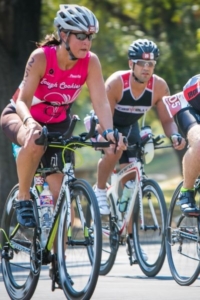Learn how long running shoes last and see if it’s time for a new pair
Running shoes are designed to be tough. They protect you from many surfaces, give you hundreds of miles, and support your feet and joints. However, they suffer repeated pounding and won’t last forever. On average, you will need a new pair of running shoes every 300-500 miles. This amount varies with each runner. While some runners may need to change their shoes every 300 miles, several others may not require a new pair after 500 miles. All miles aren’t the same and there are many factors that determine the lifespan of your running shoes. Pro tip: keep your motivation high with these running quotes.
How to tell if your shoes are worn out
Normally you can tell your shoes are worn out by simply looking at them. As the shoes break down your body will also tell you it is time to get a new pair.
Wear on the bottom: your shoes won’t perform their job if they’ve lost their tread or there are tears or holes in the fabric. The cushion will also decrease over time. As that happens, your body will feel more of the impact during your run.
Discomfort or pain: if you feel aches or experience discomfort even after a few miles, it means your shoes have aged. This mostly happens when the midsole foam loses its bouncing ability, making you feel like there’s nothing under your feet.
Blisters: you may develop blisters if you wear a pair of worn-out shoes.
How long do running shoes last?
Typically, running shoes last anywhere between 300-500 miles. There are runners that replace their shoes every four months, but a general rule of thumb is to replace them every six months. Keep in mind this depends on how many miles you run and where you complete them.
Track your miles
You can easily track the mileage through smart devices. A smartwatch is the perfect example. There are also apps developed for runners. Simply register your running shoes, manage and track with the click of some buttons! Pro tip: MapMyRun syncs with various Under Armour running shoes that have Bluetooth connectivity.
Tips to make your shoes last longer
Get a separate pair for different activities. If you cross-train or run trails you should have separate pairs of shoes for different activities. Do not use your running shoes for walking or wear them during a strength workout. Running shoes won’t last forever and having different pairs can extend the life of your shoes. Pro tip: learn about brick workouts and how changing into running shoes can help you practice transition.
Get fitted by a professional
Get help from a knowledgeable person at your local running store when buying a new pair. They can determine the best pair or the best fit for you based on your arch height, foot size, and need.
Take care of your shoes
Avoid exposing your shoes to extreme temperatures. After each run, clean and store them in a dry place. A little care will go a long way in extending their longevity.


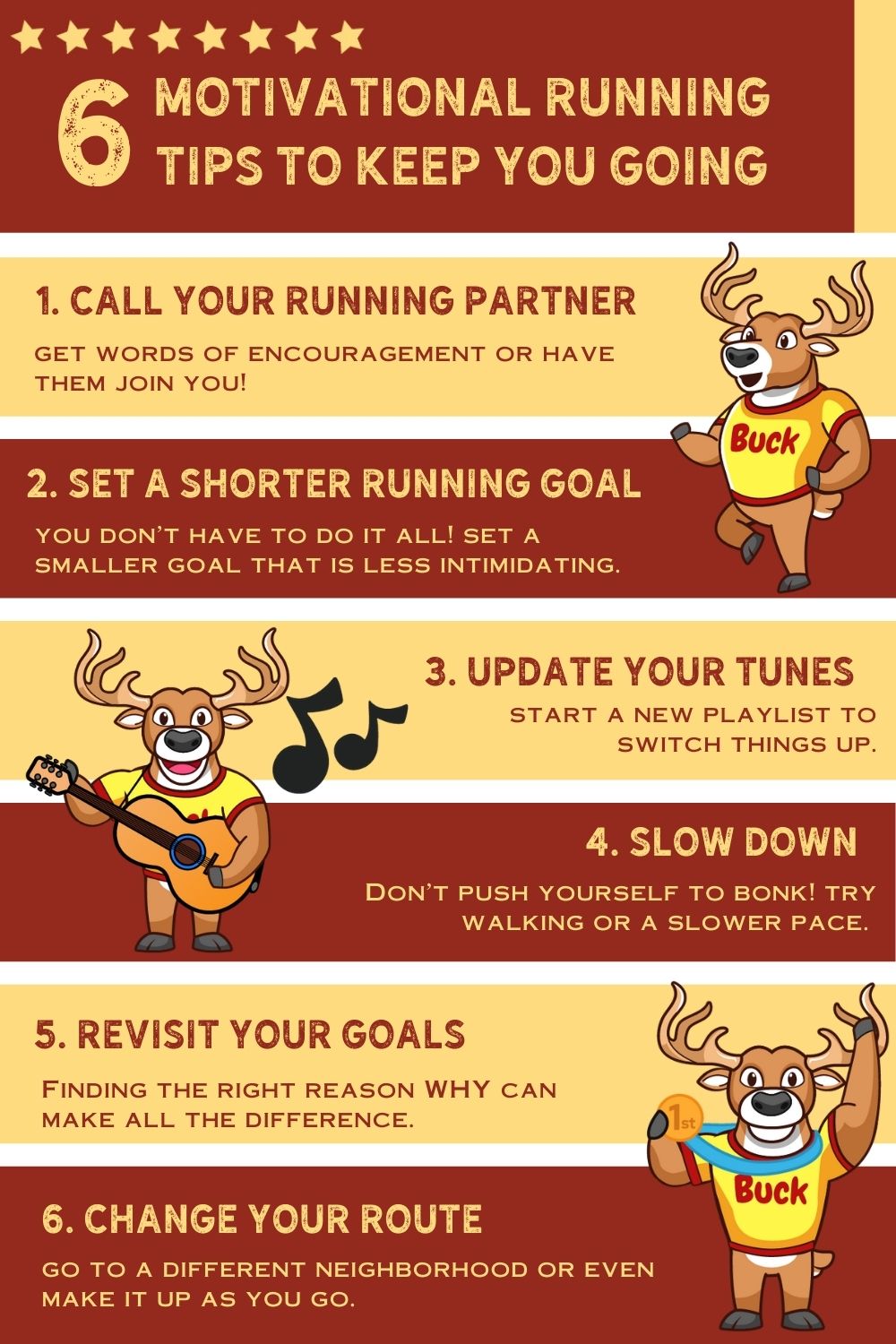
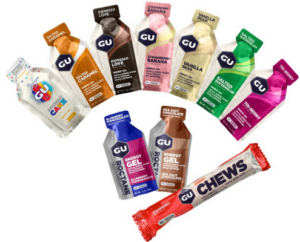
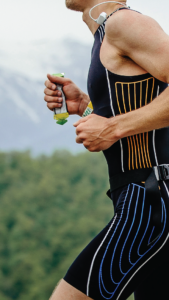
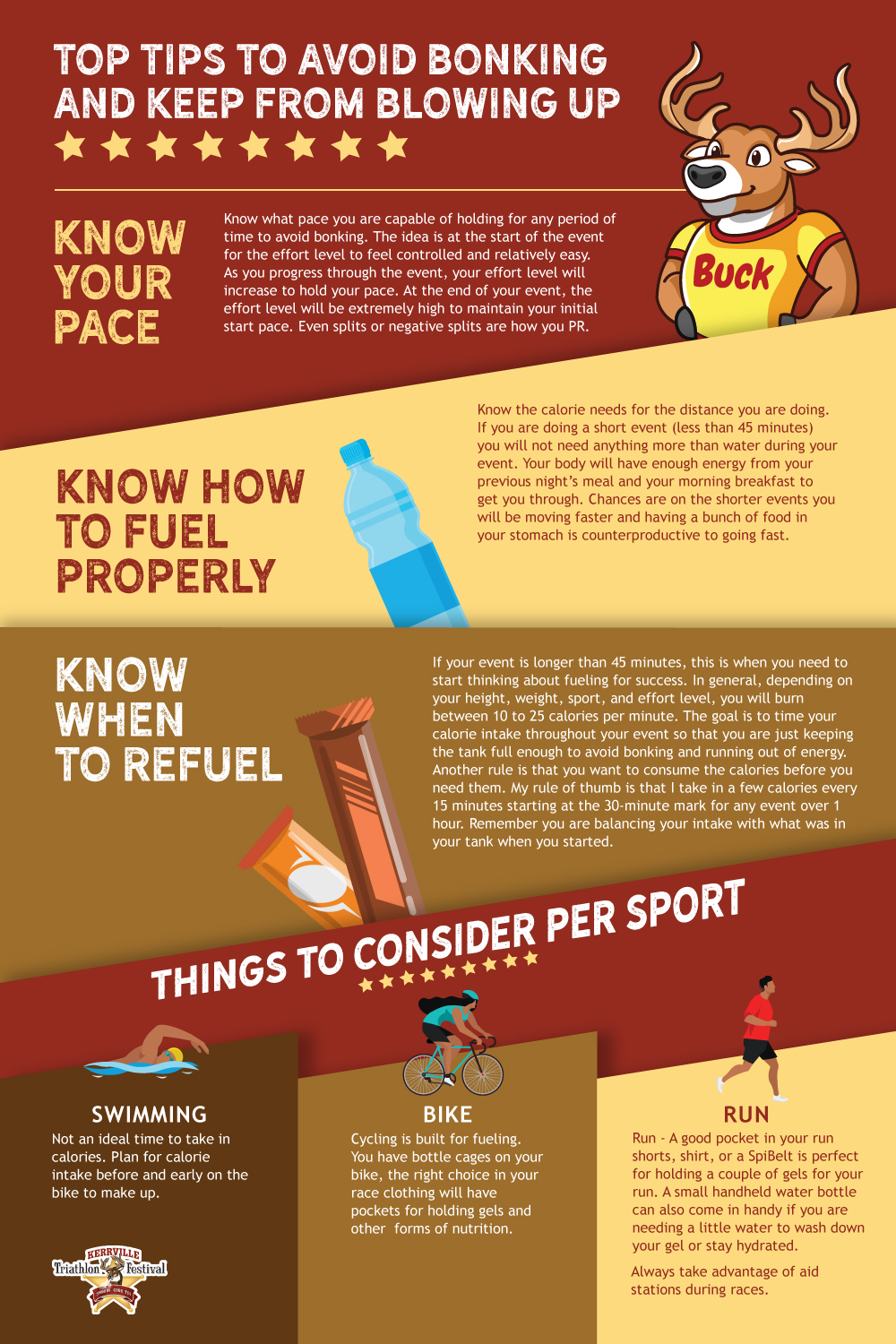
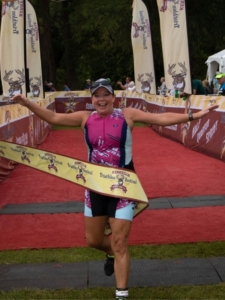 Cycling. Cycling is built for fueling. You have bottle cages on your bike, the right choice in your race clothing will have pockets for holding gels and other forms of nutrition. There are also tons of other equipment you can add to your bike to pretty much carry as much as you want. One key is to use the
Cycling. Cycling is built for fueling. You have bottle cages on your bike, the right choice in your race clothing will have pockets for holding gels and other forms of nutrition. There are also tons of other equipment you can add to your bike to pretty much carry as much as you want. One key is to use the 
